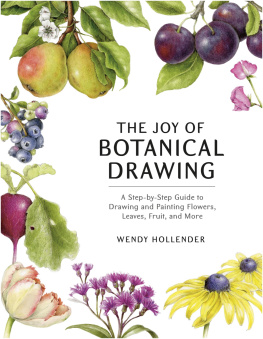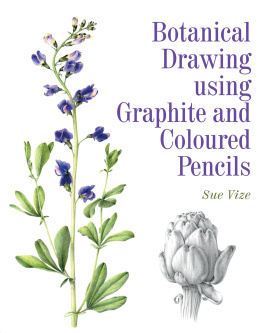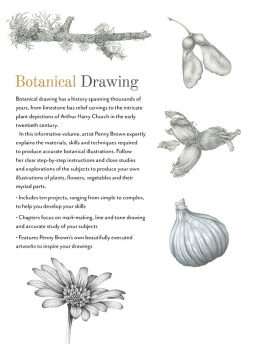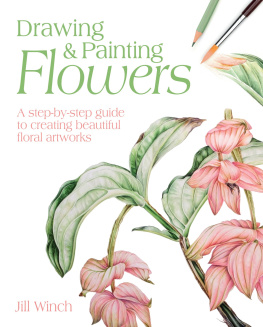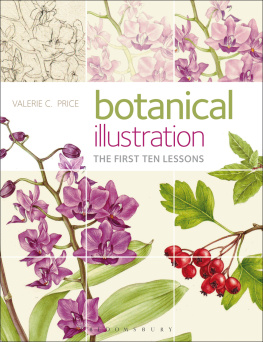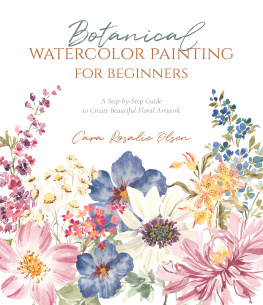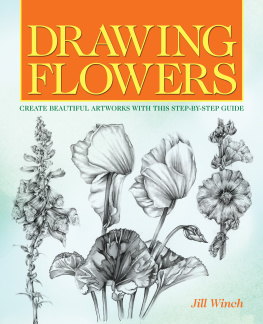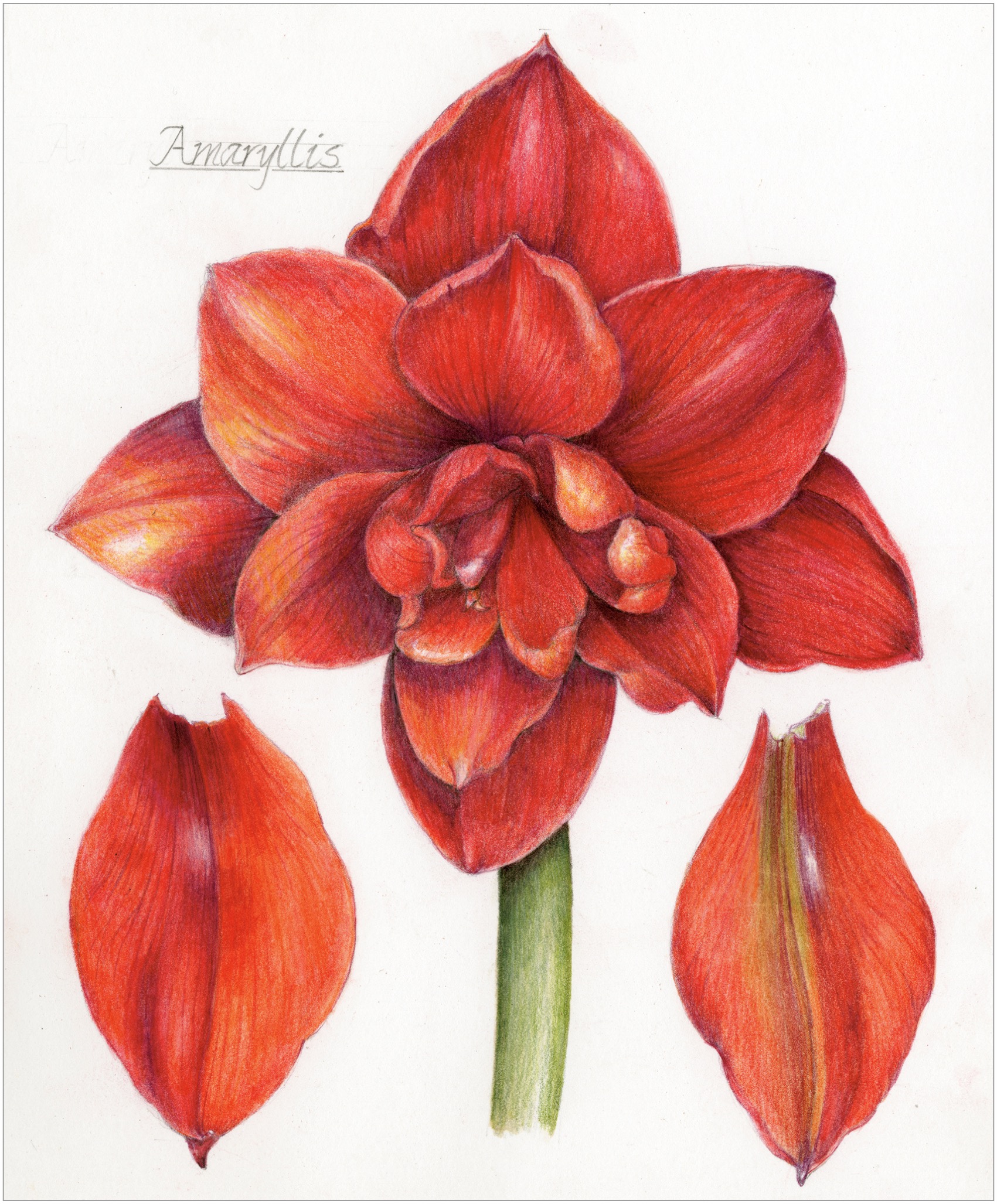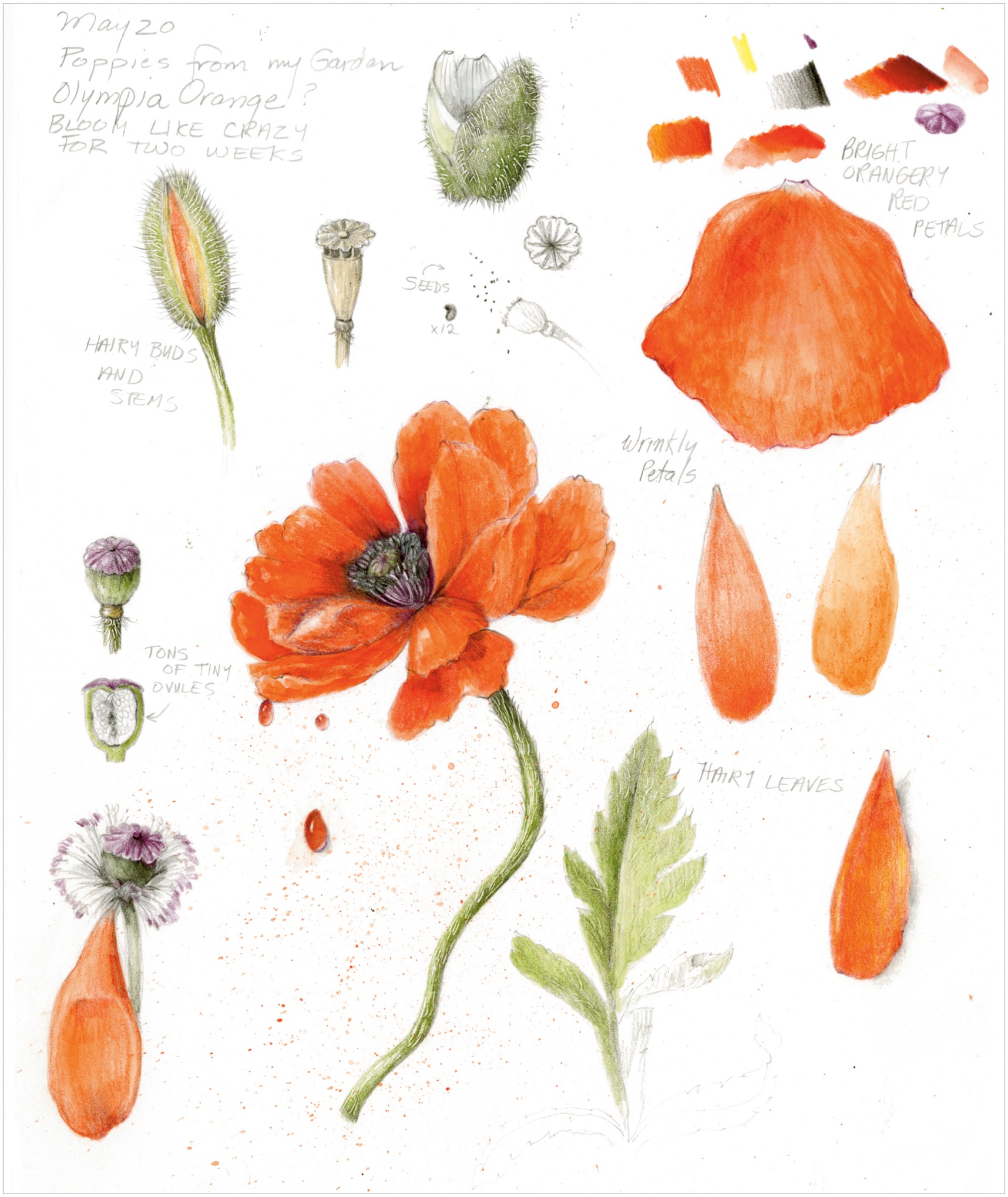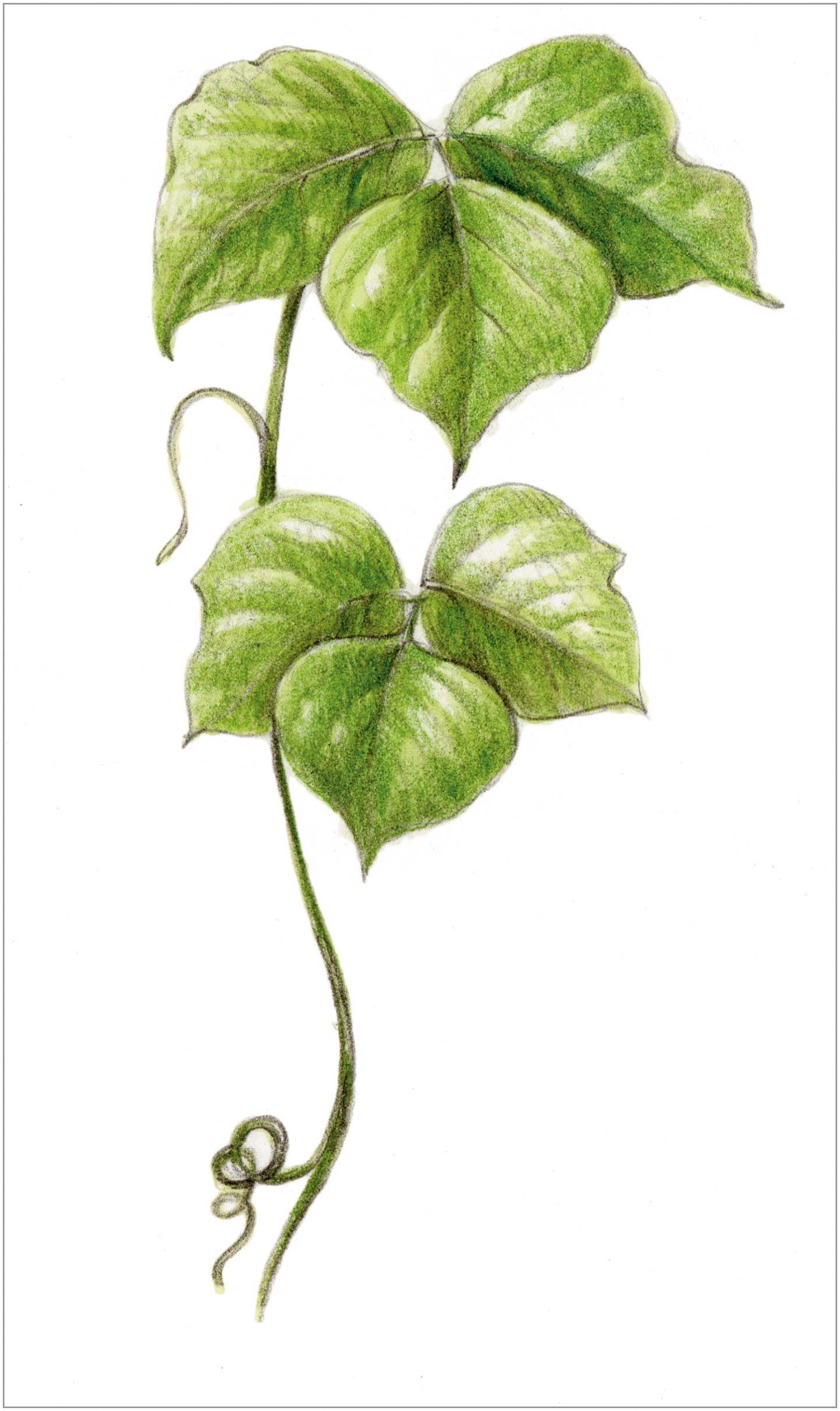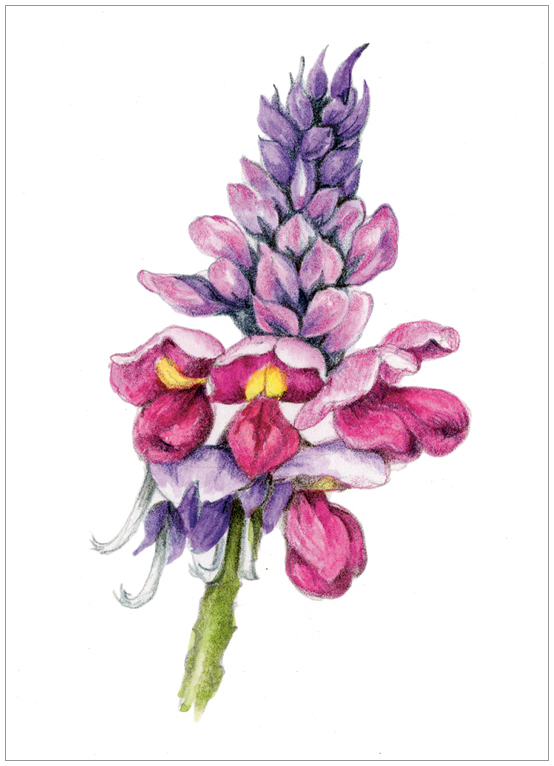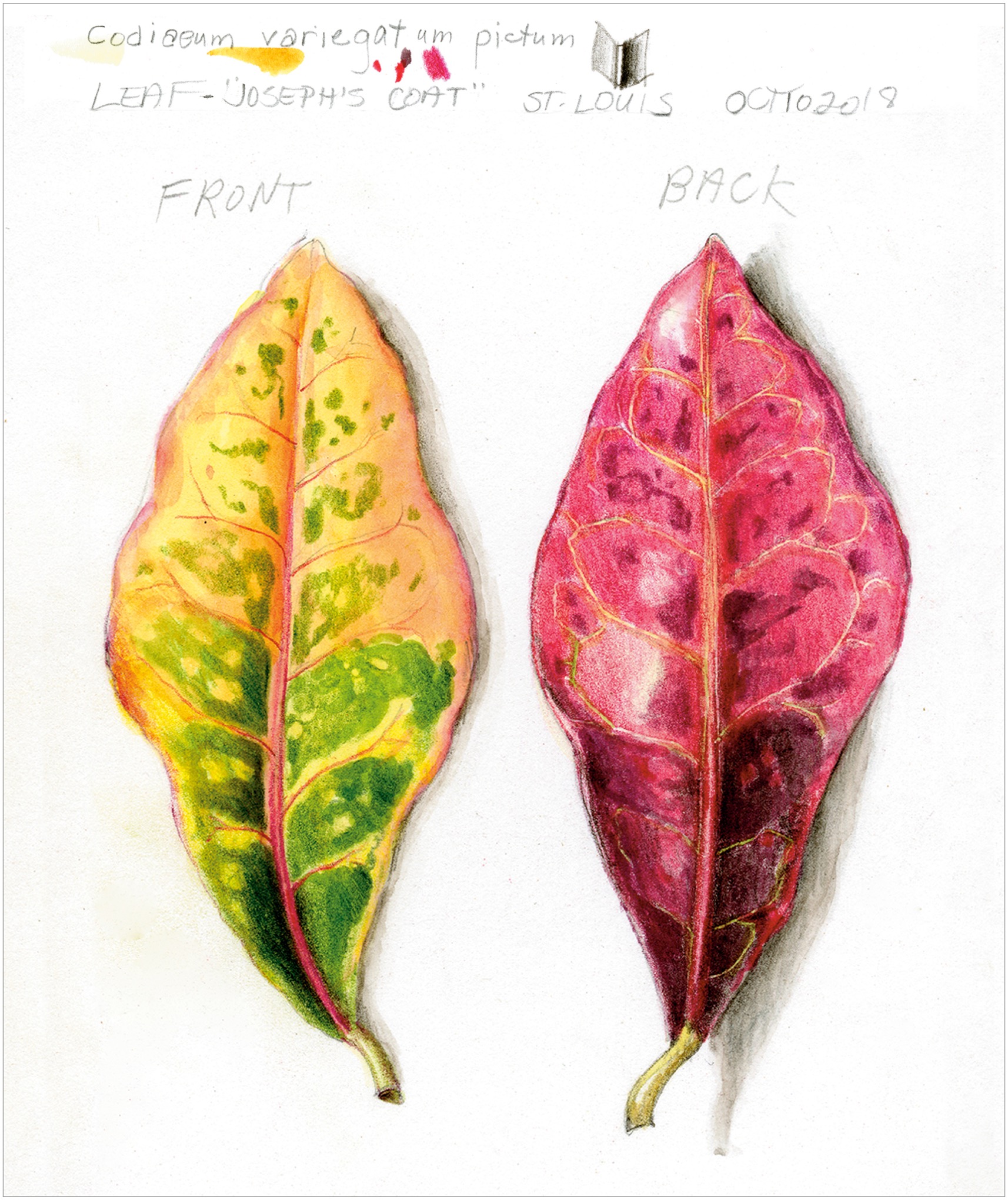Contents
Landmarks
Print Page List
ACKNOWLEDGMENTS
I want to thank so many people for giving me support and encouragement on my journey with botanical art. I especially want to thank my enthusiastic students from all over the world, for expressing their appreciation for what I teach and for being loyal followers for many years. It is music to my ears when I hear them say Learning botanical drawing has been life-changing. Some even compare it to falling in love!
Veronica Fannin became my assistant a few years ago, at first helping with graphic design. I now consider her a respected colleague as she has developed into a talented botanical artist and instructor, helping me perfect curriculum and teach workshops around the world and online. Without her help I wouldnt have had the time to create this book, and her suggestions and organizational skills expedited the process.
I want to thank Dina Falconi, herbalist and author of Foraging & Feasting: A Field Guide and Wild Food Cookbook , for broadening my knowledge of plants and sharing her undying enthusiasm for nature.
A shout-out goes to the group of talented international botanical artists who join me each year at the National Tropical Botanical Garden. We share techniques while developing a Florilegium collection of art for this spectacular garden. Working together alongside the knowledgeable botanists and horticulturists helps us grow as botanical artists and enhances our artwork and its usefulness in todays world.
My two children designed and created the gardens at my home, which is a daily source of inspiration. It means a lot that they and their growing families share my passion for plants. I look forward to discovering nature all over again with my grandchildren as we walk around the gardens together exploringplanting peach pits and other seeds and experiencing natures life cycle and magic together.
Thanks to the talented group at Ten Speed Press: my editors, Ashley Pierce and Sigi Nacson, and designer Chloe Rawlins, for enthusiastically supporting this project.
More than anything I want to thank the plants themselves for inspiring and nourishing me!
ABOUT THE AUTHOR
WENDY HOLLENDER is a botanical artist, illustrator, instructor, and author. She is a leading expert in using colored pencils and watercolor pencils to create detailed botanical drawings and paintings. Her illustrations have been published in the New York Times ; O, The Oprah Magazine ; Real Simple ; Good Housekeeping ; and Martha Stewart Living . Her work has been exhibited by the Royal Botanic Gardens, Kew, the Smithsonian National Museum of Natural History, and the United States Botanic Garden. She is currently an instructor at the New York Botanical Garden, and leads workshops at her farm in Accord, New York; the National Tropical Botanical Garden in Kauai, Hawaii; and in Greece. You can view her online course and publication, The Practice of Botanical Drawing , at drawbotanical.com. Wendy loves going to new and botanically inspired places to teach, so invite her to yours! She is the author of Botanical Drawing in Color and the self-published Botanical Drawing: A Beginners Guide , and the illustrator of Foraging & Feasting: A Field Guide and Wild Food Cookbook .
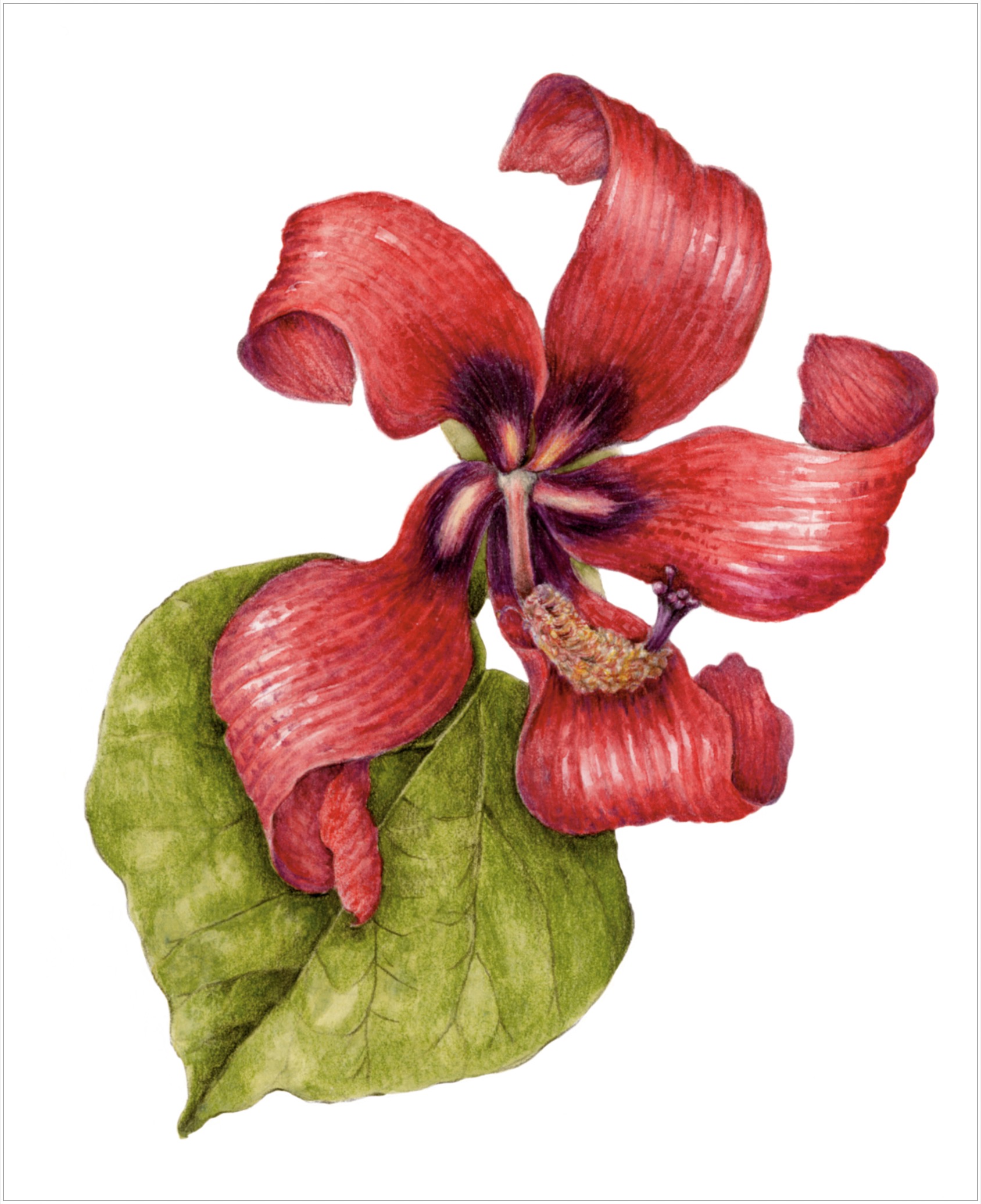
CONCLUSION: STAYING MOTIVATED
After you read and do the exercises in this book, my hope is that youll have found your way to your own practice of botanical drawing. Staying motivated may be a challenge, and if so, I encourage you to always be on the lookout for subjects. This is one way to stay inspired and committed to your practice. Im aware that if Im feeling stressed, my drawing time is the best way for me to relax. I use drawing as my meditation even if I dont have something specific to draw. Another great idea is to follow along with nature on a daily or weekly basis and keep a sketchbook journal of your plant process pages. You can also follow one single tree all year and document how it changes and develops. Finding a community of like-minded botanical artists on social media can be inspiring, and having friends to draw with is also great. When I was writing this book, Instagram was my favorite way to share and see others work, but by now, who knows what the venue of choice is for this!
Sources for Subjects
Creating your own relationship with nature drawing will motivate you to keep drawing, because you will constantly find inspiration. Sources for inspiration start in your own neighborhood, including friends gardens, farmers markets, florist shops, u-pick farms, your local grocery store, or when you are on a hike in the woods or a stroll in the park. U-pick farms are a great way to observe food growing and are full of wonderful subjects. Having a regular practice of botanical drawing alerts you to all of nature thats around you, whether in a country setting or in an urban area. Youll be tuned in to nature all the time and notice things youd like to study and draw. Pick these things up, and keep them handy to draw when you can. I keep things for many, many years, and its remarkable how well nature preserves itself.
Rare and endangered plants in the wild should not be picked. In a nature preserve or botanical garden, get permission to pick anything. Things that have fallen on the ground are, in my opinion, up for grabs unless noted with a sign. Whenever possible, ask before taking something, and never cut flowers from a planted garden, either in a public park or someones yard, without permission. Explain why you want the flower. People are often delighted to offer you samples, especially if you show them your drawings! Suggestion: If you have friends who are gardeners, the best gift you can give them is a drawing of something from their garden. When gathering, be careful of poisonous plants such as poison ivy, poison oak, and flesh-eating philodendrons. Pick wild mushrooms for drawing, but please dont eat anything unless you are absolutely sure it is safe.
Evaluate the Components of Your Own Drawing
Dealing with feelings of frustration presents one of the greatest challenges to staying motivated. This often happens when you reach a point in a drawing at which you come up against:
Not knowing what to do next.
Not knowing if the drawing is finished.
Knowing something is wrong, but not knowing what to do about it.
This is the perfect time to start to evaluate your drawing. Use the following checklist to help you figure out where to go next with the drawing. If you evaluate your drawing this way, youll be able to decide the answers to the three problems above. Give it a try, and see if this self-evaluation process will help you overcome these frustrations that we all feel from time to time.

